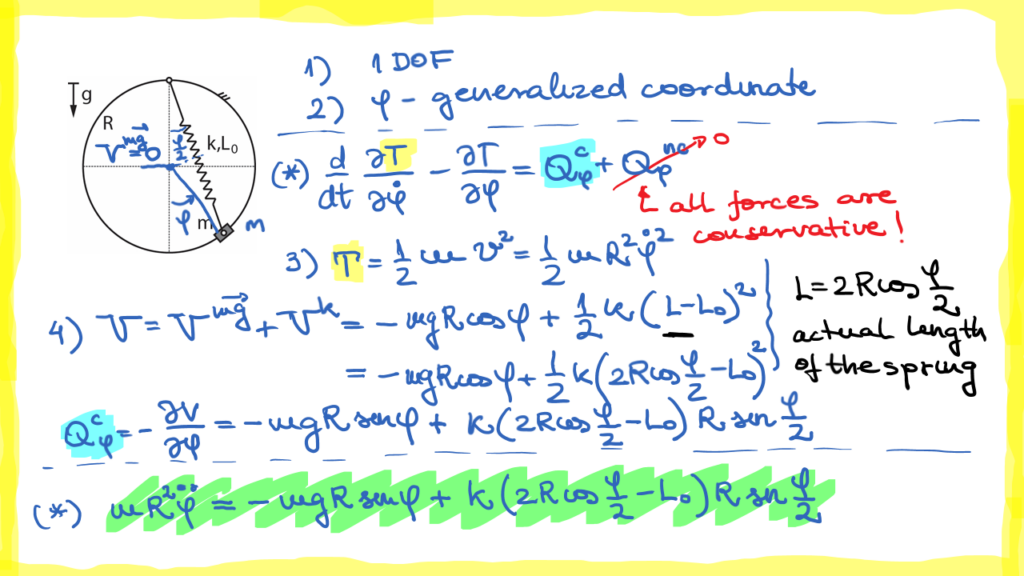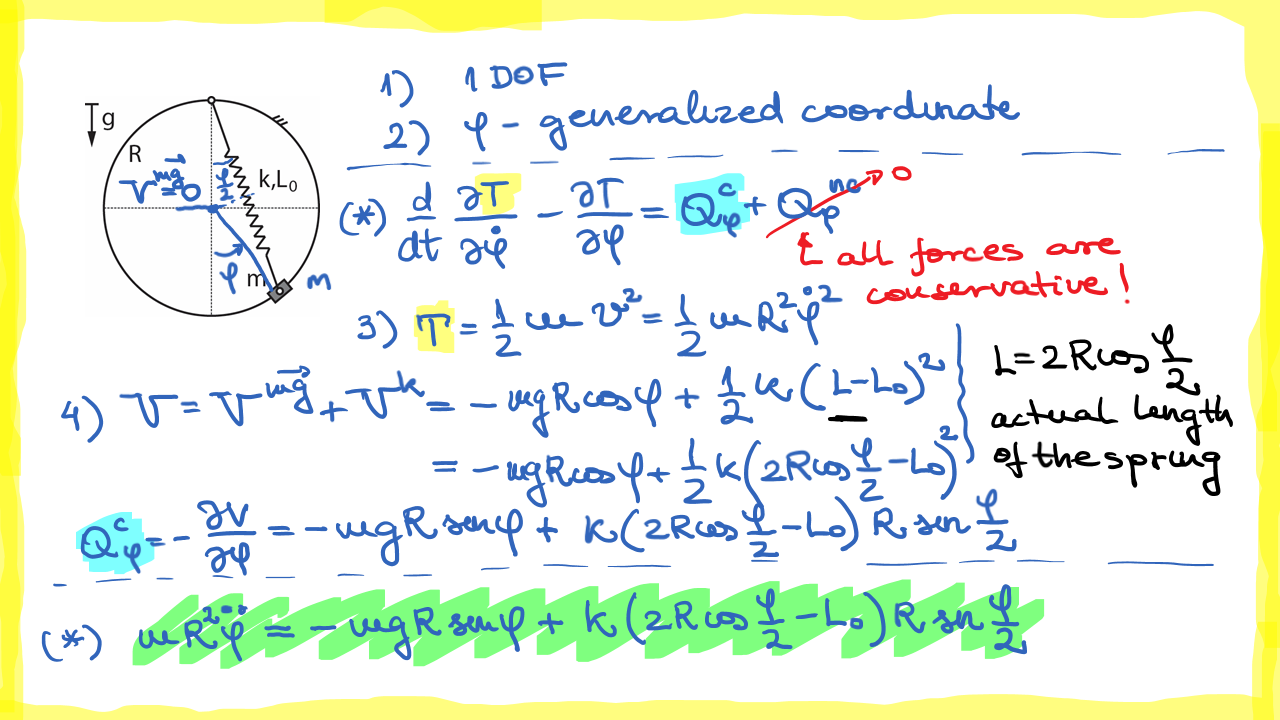Welcome to Dynamics!
Dynamics is a branch of Mechanics that studies the motion of objects under the influence of forces. It is fundamental to engineering, bridging theoretical principles from physics with practical applications to predict the motion of systems such as rockets, cars, and robots. Introduction to Dynamics is the first course on this topic, studied by engineering, math, and science students.
My Expertise
I specialize in teaching Mechanics, focusing on both theoretical and computational aspects of:
- Newtonian Mechanics: Principles governing motion and forces.
- Lagrangian Mechanics: Energy-based methods for dynamic systems.
- Hamiltonian Mechanics: Advanced formulations that extend dynamics to optimal control.
My goal is to ensure students develop both a solid theoretical foundation and effective problem-solving skills.
Teaching
My teaching focuses on clarity and engagement, helping students navigate complex topics with confidence. Key features include:
- Bite-Sized Video Lectures: Pre-class videos introducing core concepts and examples.
- Interactive Lectures: Expanding on pre-class material with deeper theoretical insights.
- Emphasizing Mathematical Formalism: Leveraging formal methods to overcome the limitations of intuition-based problem-solving.

Why Study Dynamics?
Consider a simple question: If you drop a pen from your desk, what truly determines its trajectory? The intuitive answer might involve gravity, but a rigorous approach demands an understanding of differential equations, constraints, and possibly even perturbation theory. What if the pen is in freefall on the Moon? Or inside a rotating space station? The same fundamental principles govern everything from planetary orbits to the stabilization of legged robots.
This course will challenge you to refine your thinking, stripping away assumptions and replacing them with precise models that describe reality with mathematical accuracy. The tools you develop here will extend far beyond the classroom—whether you are designing autonomous drones, optimizing mechanical systems, or advancing theoretical physics.
Dynamics is not about memorization or following recipes; it is about learning to see structure in motion and gaining the ability to predict and control it. If that is the kind of challenge you are looking for, you are in the right place.

